The prestigious documenta fifteen in Kassel has found itself embroiled in controversy yet again, this time over ballooning budgets that have forced local authorities to demand significant cuts to planned installations. As one of the world's most important contemporary art exhibitions, documenta has long balanced ambitious artistic visions with practical financial constraints - but this year's fiscal challenges reveal deeper tensions about who bears responsibility when art exceeds its means.
City officials confirmed this week that several major installations for the 100-day exhibition must be scaled back after costs spiraled nearly 40% beyond initial projections. The budget overruns, totaling approximately €8 million according to internal documents, have created what Kassel's cultural minister described as "an unsustainable burden on municipal resources." Artists involved with the affected works received formal notices requiring revised proposals that maintain "the conceptual integrity" of their pieces while reducing material and labor expenses.
The financial strain comes at a particularly sensitive moment for documenta, which continues grappling with fallout from last year's antisemitism controversy. Some cultural analysts suggest the budget crisis may reflect a deliberate attempt by organizers to compensate for previous scandals through even more spectacular displays. "There's undeniable pressure to restore documenta's reputation through sheer artistic magnitude," noted art historian Dr. Elsa Werner. "But when visions expand faster than budgets, someone inevitably gets squeezed."
At the heart of the dispute lies a sprawling participatory installation called "The People's Archive," originally conceived as a multi-story structure incorporating thousands of donated objects from Kassel residents. Planning documents show its budget alone increased from €1.2 million to nearly €2.3 million due to complex engineering requirements and rising material costs. The artist collective behind the work argues these expenses are fundamental to its commentary on community and material culture. "To reduce the scale now would gut the work's central metaphor about accumulation and collective memory," spokesperson Maria Voigt stated.
Meanwhile, the Indonesian curatorial collective ruangrupa faces particular scrutiny as recurring budget issues plague their second documenta tenure. While no direct correlation has been proven, some city council members quietly question whether their signature decentralized approach - distributing funds across numerous international collaborators - has contributed to financial opacity. Ruangrupa members counter that their model actually saves money by avoiding traditional European production networks, and attribute most overruns to global inflation's impact on shipping and materials.
The budget crisis exposes fundamental tensions in contemporary art's political economy. Documenta's municipal funding structure - with about 60% coming from government sources - creates inherent friction between artistic ambition and public accountability. As Kassel's mayor noted in a recent press conference, "When taxpayers ultimately foot the bill, we must ensure their money supports sustainable cultural production, not temporary spectacles." This sentiment echoes growing debates across Europe about appropriate public investment in large-scale art events.
Behind the scenes, documenta's organizing body has proposed multiple compromise solutions. One involves keeping all planned installations but operating them for shorter durations - an approach some artists reject as "turning artworks into part-time experiences." Another would eliminate certain interactive elements while preserving visual components, though critics argue this prioritizes Instagram-friendly surfaces over substantive engagement. The most likely resolution may involve staggered implementation, with some works appearing in reduced form for the June opening and potentially expanding later if additional funding materializes.
Financial analysts familiar with major art exhibitions note that documenta's struggles reflect sector-wide challenges. The Venice Biennale faced similar constraints last year, while Münster's Skulptur Projekte implemented strict cost controls after 2017's budget overages. What makes documenta's situation unique, however, is how directly its fiscal health impacts a midsize city's overall cultural budget. Unlike better-endowed festivals, documenta's financial missteps create tangible consequences for Kassel's museums, theaters and community arts programs.
Some artists see deeper philosophical questions beneath the budgetary wrangling. "This isn't just about euros and cents," remarked participating artist Omar Jabali. "It's about whether society still believes in funding ambitious art that challenges conventional thinking - or if we're retreating to safer, smaller visions." His site-specific work about migration patterns, originally planned to span three public squares, may now concentrate in a single location.
As installation teams begin modifying blueprints and recalculating material orders, documenta's leadership emphasizes that the exhibition's core mission remains intact. "Art will still provoke, still challenge, still transform Kassel," assured artistic director Sabine Schormann. But with six weeks until opening, the compromises forced by financial reality may test whether reduced-scale works can deliver equally transformative experiences - and whether documenta can maintain its position as contemporary art's most vital laboratory while operating under stricter fiscal constraints.
The coming weeks will prove crucial not just for this edition of documenta, but for the future of publicly funded mega-exhibitions worldwide. As cultural budgets tighten across Europe, the Kassel model - balancing radical art with municipal pragmatism - may either demonstrate new solutions or reveal fundamental incompatibilities between contemporary art's scale and public finance's limits. For now, cranes still move across Kassel's Friedrichsplatz, but what they ultimately assemble will likely differ significantly from original artistic visions - a physical manifestation of art's eternal negotiation between imagination and reality.
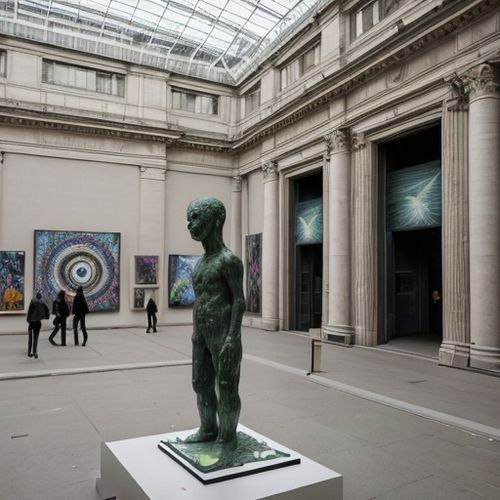
By Jessica Lee/Apr 12, 2025
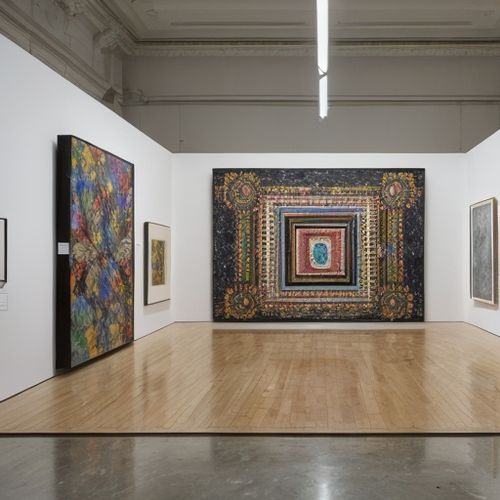
By Daniel Scott/Apr 12, 2025
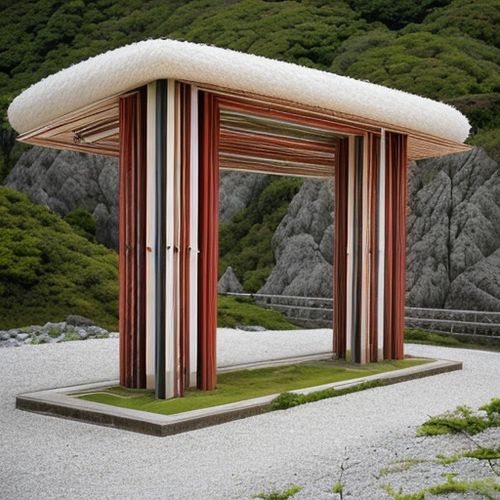
By Megan Clark/Apr 12, 2025
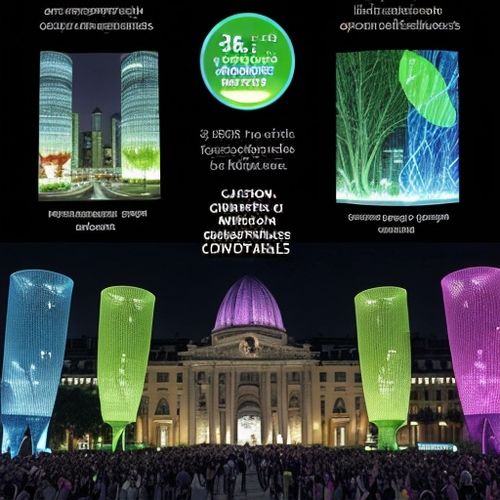
By Elizabeth Taylor/Apr 12, 2025
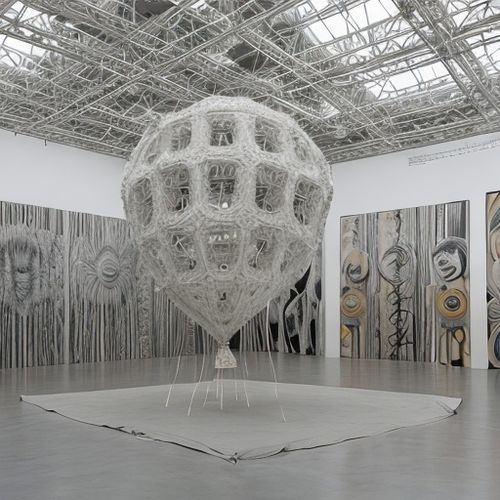
By James Moore/Apr 12, 2025
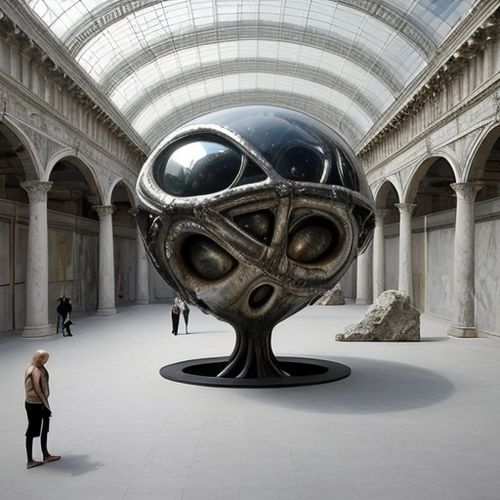
By Natalie Campbell/Apr 12, 2025
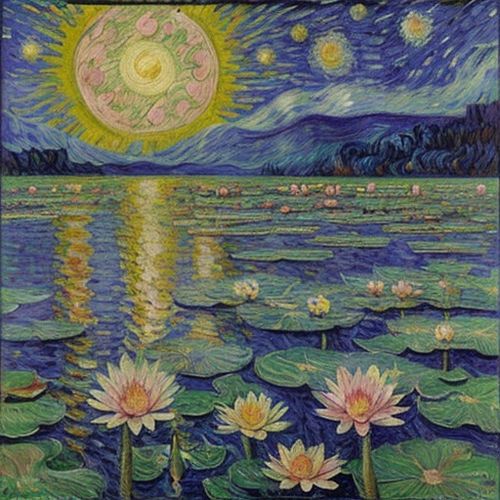
By Grace Cox/Apr 12, 2025

By David Anderson/Apr 12, 2025
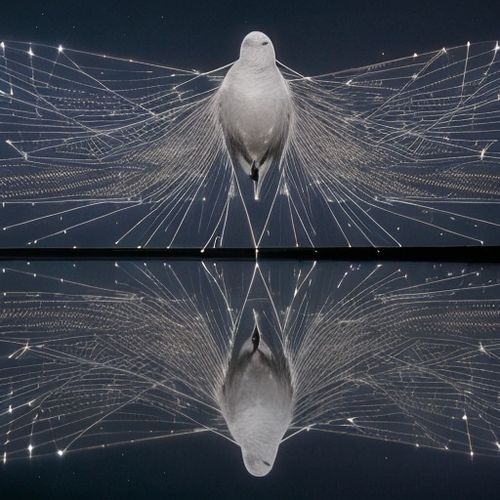
By Emma Thompson/Apr 12, 2025
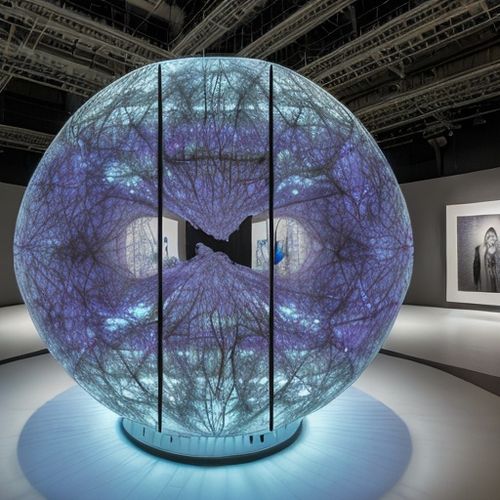
By Jessica Lee/Apr 12, 2025
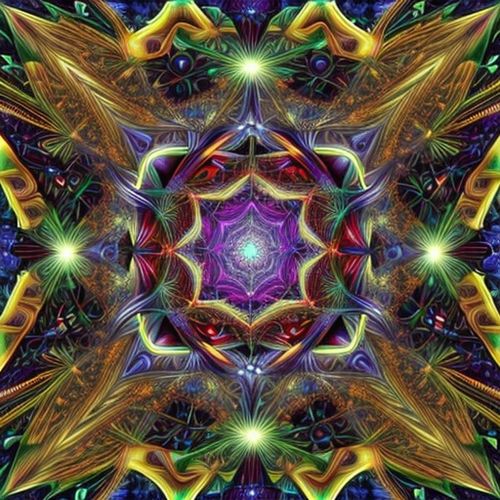
By Thomas Roberts/Apr 12, 2025
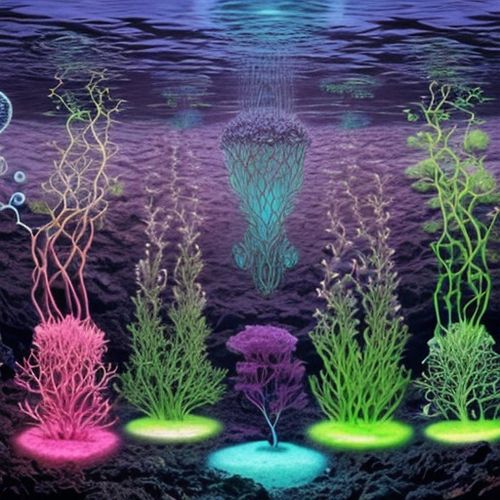
By Noah Bell/Apr 12, 2025
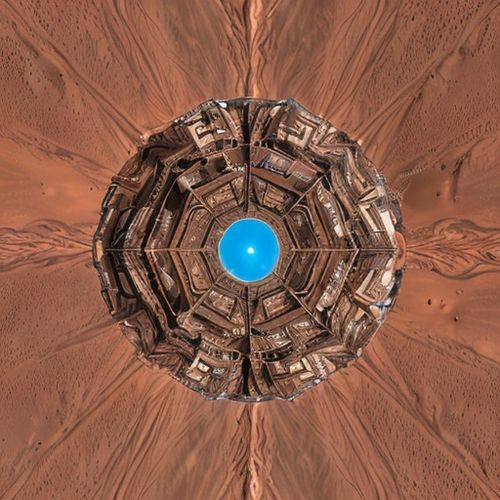
By David Anderson/Apr 12, 2025
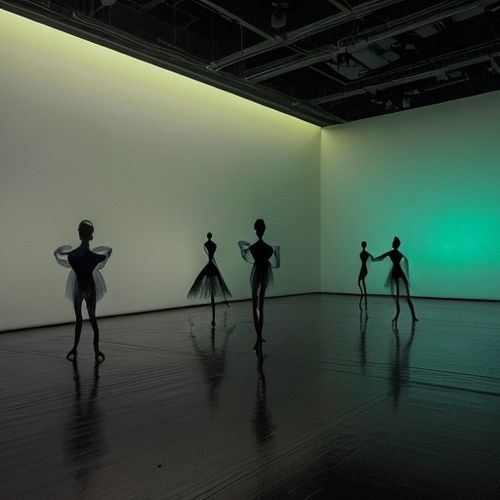
By Victoria Gonzalez/Apr 12, 2025
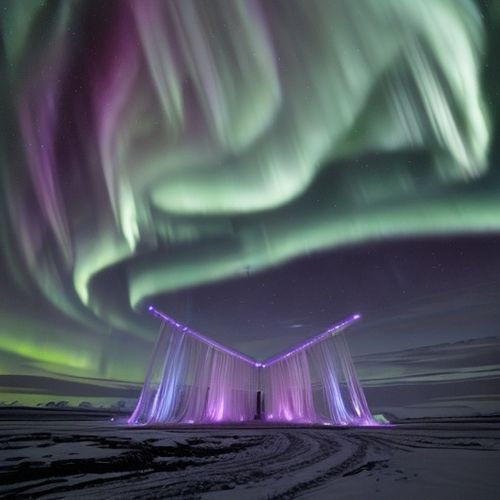
By Sarah Davis/Apr 12, 2025
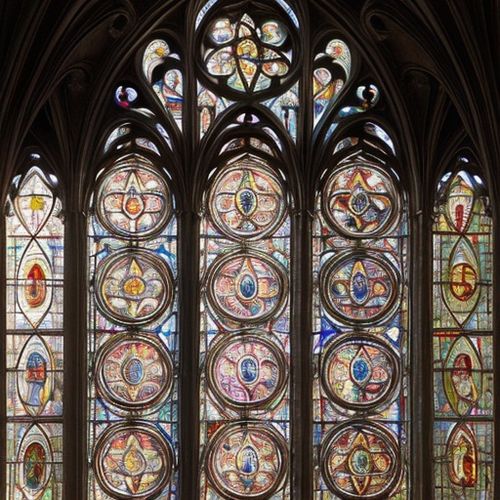
By Rebecca Stewart/Apr 12, 2025
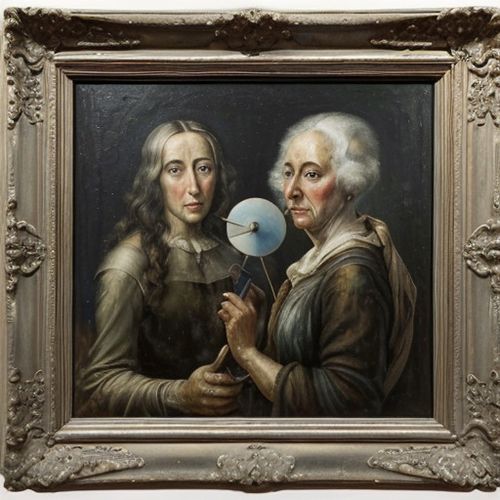
By James Moore/Apr 12, 2025
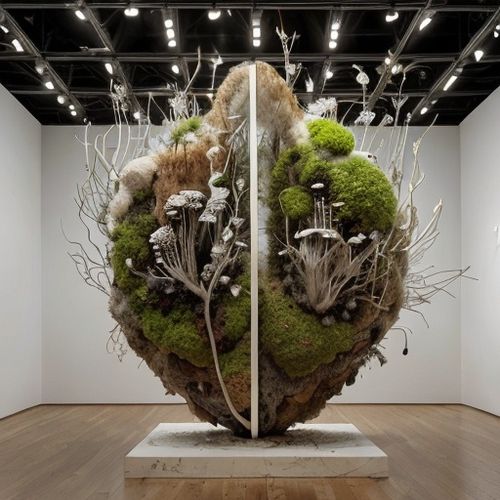
By Thomas Roberts/Apr 12, 2025
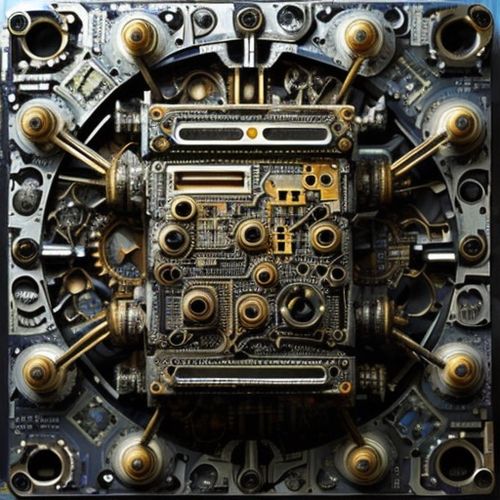
By Lily Simpson/Apr 12, 2025